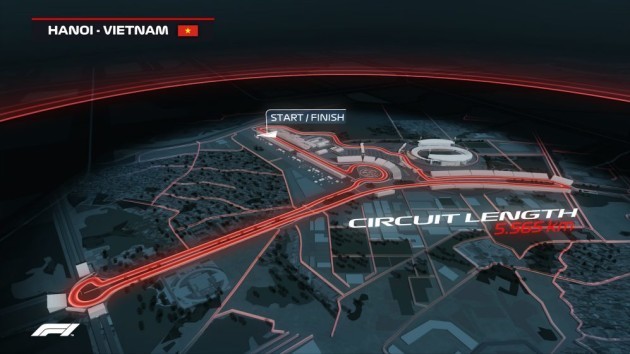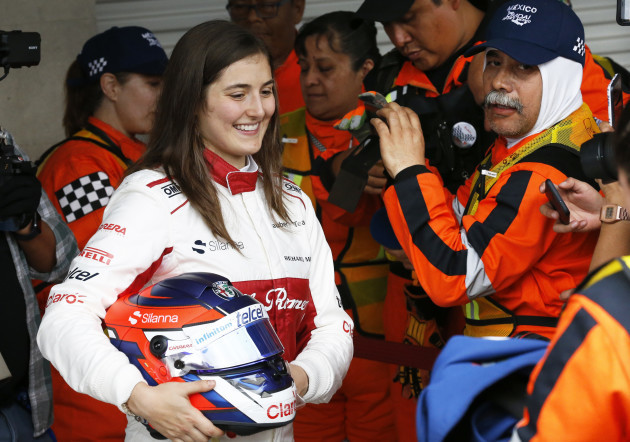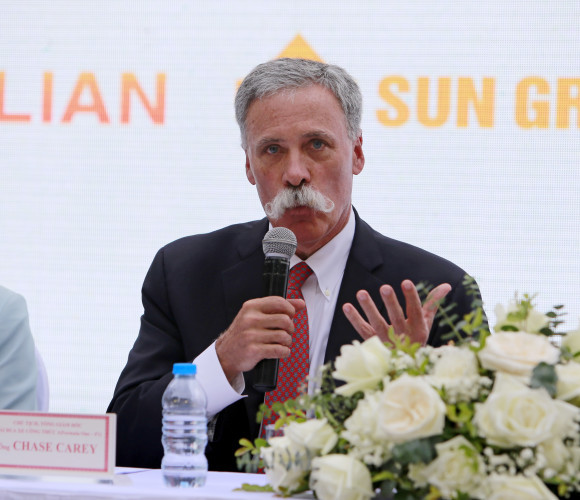FORMULA ONE’S IDEAL future will see Asian, American and female drivers battling for glory on race circuits around the world, the sport’s chief executive Chase Carey said today.
Carey announced that Vietnam capital Hanoi will become only the third Southeast Asian nation to host a Formula One race, after Malaysia and Singapore, when it hosts a race for the first time in 2020.
While the move is part of F1′s strategy to move into markets where it hopes to groom a new generation of fans, and boost revenues, Carey hopes the spin-off is the emergence of drivers of different nationalities.
“We want to provide opportunities for drivers of different nationalities from around the world.
We’d love to have a Chinese driver, an American driver, a female driver, a Vietnamese driver, all be part of our future.
“We’d love nothing better than to have races around the world, to have teams and drivers from around the world.”
Although Asia has produced several Formula One drivers in the past, from pioneering ‘Prince Bira’ of Thailand in the 1950s to India’s Narain Karthikeyan in 2012, none have reached a competitive level.
Historically, Japan leads the way for Asia, having produced 20 drivers so far, though there have been none from China or Vietnam.
Carey believes that all that could change with F1′s latest foray into Asia, although he warned that having a “long-term view” would be crucial after seeing races in Malaysia, Korea and India all dropped.
Malaysia ended its 18-year partnership with F1 in 2017 due to rising hosting fees and declining ticket sales.
The Korean Grand Prix lasted only four years, from 2010 to 2013, after disputes over costs, while the India Grand Prix, won three years in succession by German ace Sebastian Vettel, ended in 2013 due to tax disputes between the FIA and the Uttar Pradesh regional government.
“Asia is certainly important as a growth engine of the world and it will just become an increasingly important part of the world,” said Carey.
“Being in Asia is certainly a cornerstone to our long-term growth strategy.”
“As much as anything, it’s important to have a long-term perspective, I think in the past there was a bit of a short-term view towards many of the things we did.”
Asked how Hanoi can afford to host in 2020, he added: “The most important aspect of maximizing value and the opportunity here is to make sure we have a great event.”



